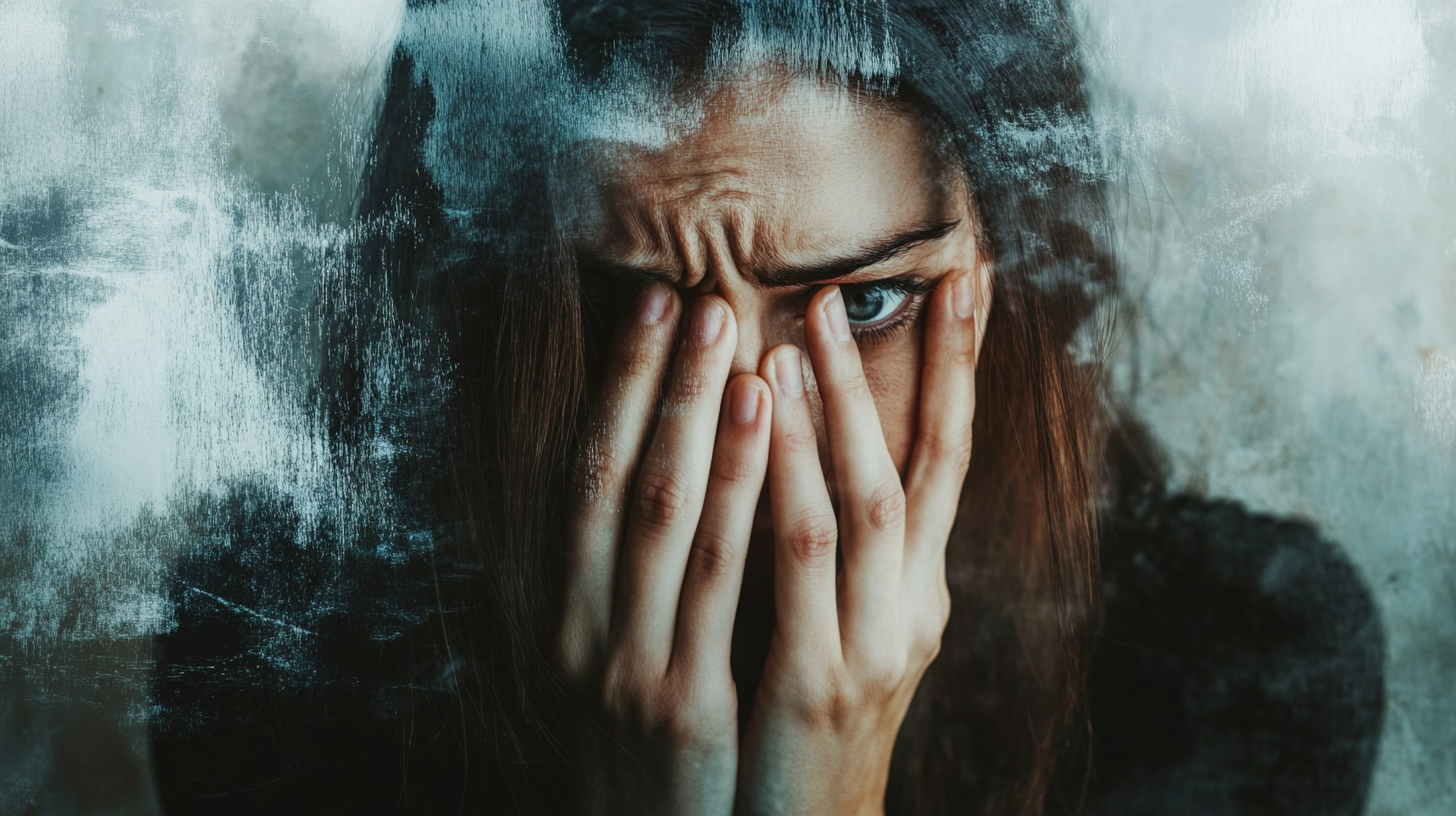June 23, 2025

1. Introduction
Feeling worried or stressed from time to time is a normal part of life. However, when these feelings become excessive, persistent, and interfere with daily life, you may be experiencing anxiety. Anxiety is more than just feeling nervous; it's a complex response involving our thoughts, emotions, physical sensations, and behaviors. Understanding what anxiety is and how it can manifest is the first step towards recognizing it in ourselves and others, and towards seeking appropriate support. This article will delve into the nature of anxiety and explore the various ways it can feel.
2. Defining Anxiety: Beyond Normal Worry
Anxiety is the body's natural response to stress. It's a feeling of fear or apprehension about what's to come. While occasional anxiety is normal and can even be helpful (e.g., motivating us to prepare for a test), anxiety disorders involve excessive fear or worry that doesn't go away and can worsen over time. These disorders can take many forms, such as generalized anxiety disorder, panic disorder, social anxiety disorder, and specific phobias.
The key difference between normal worry and anxiety disorders lies in the intensity, duration, and impact on daily functioning. Anxiety disorders often cause significant distress and can interfere with work, school, relationships, and overall quality of life.
3. The Many Feelings of Anxiety: More Than Just Worry
Anxiety can manifest in a wide range of emotional and psychological experiences. It's not just one single feeling:
4. The Physical Sensations of Anxiety: Your Body's Response
Anxiety isn't just in your head; it has a significant impact on the body. Common physical symptoms include:
It's important to recognize that these physical symptoms are a result of the body's "fight or flight" response being activated.
5. The Importance of Recognizing Your Experience
Understanding the different ways anxiety can feel – both emotionally and physically – is crucial for self-awareness and for seeking help. If you frequently experience these feelings and they are significantly impacting your life, it's important to reach out to a healthcare professional. They can help determine if you have an anxiety disorder and recommend appropriate treatment options.
6. Conclusion
Anxiety is a multifaceted experience that goes beyond simple worry. It involves a range of emotional, psychological, and physical sensations that can be distressing and interfere with daily life. By increasing our understanding of what anxiety is and how it can feel, we can better recognize it in ourselves and others, reduce stigma, and encourage individuals to seek the support they need to live fulfilling lives.
7. Further Exploration: Dive Deeper & Take Action
Looking for more in-depth resources? [Explore Our Full Library of Guides and Solutions (Link to MOFU Archive Page)]
Want to see all the ways you can make an impact? [View All Our Programs and Ways to Get Involved (Link to BOFU Archive Page)]